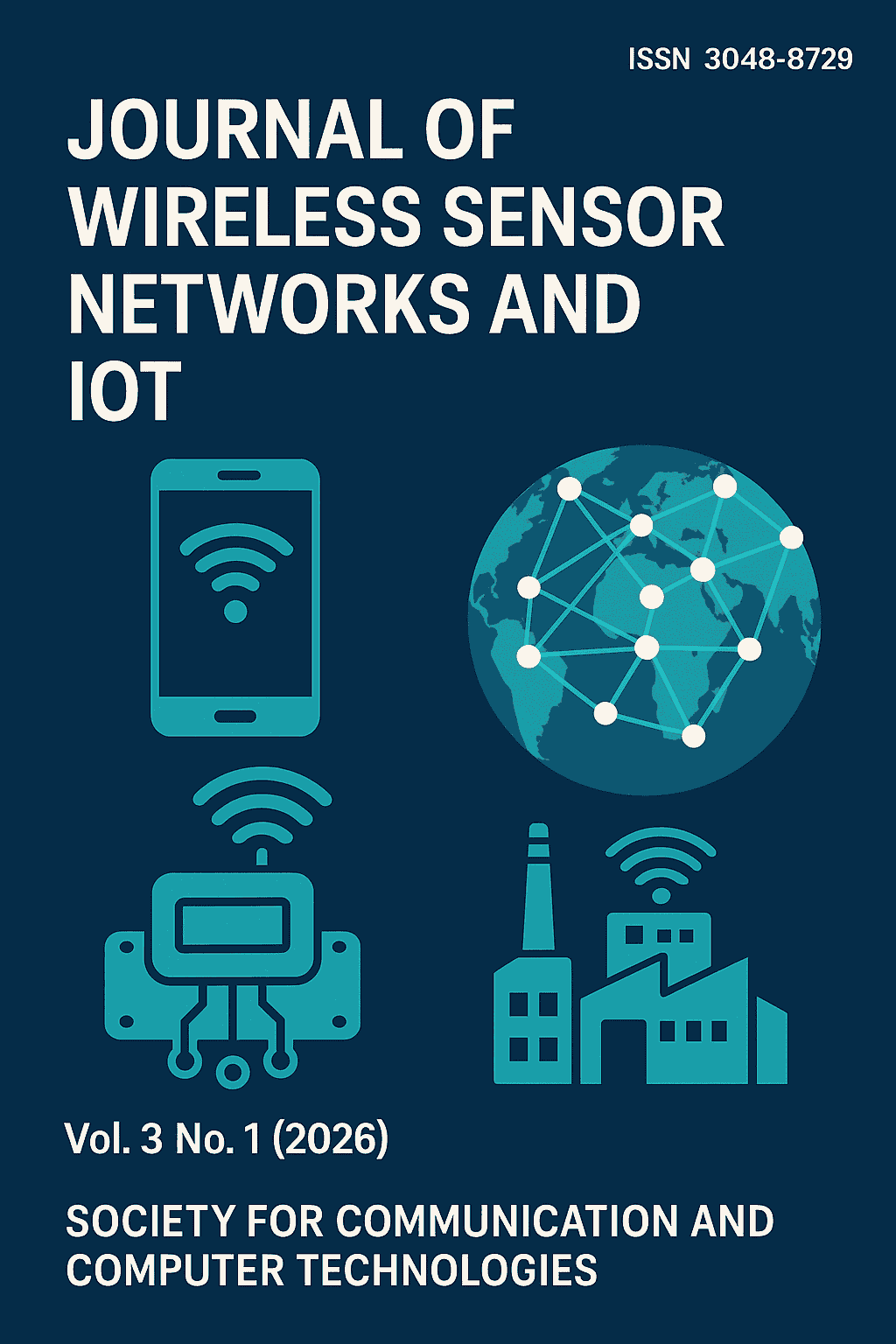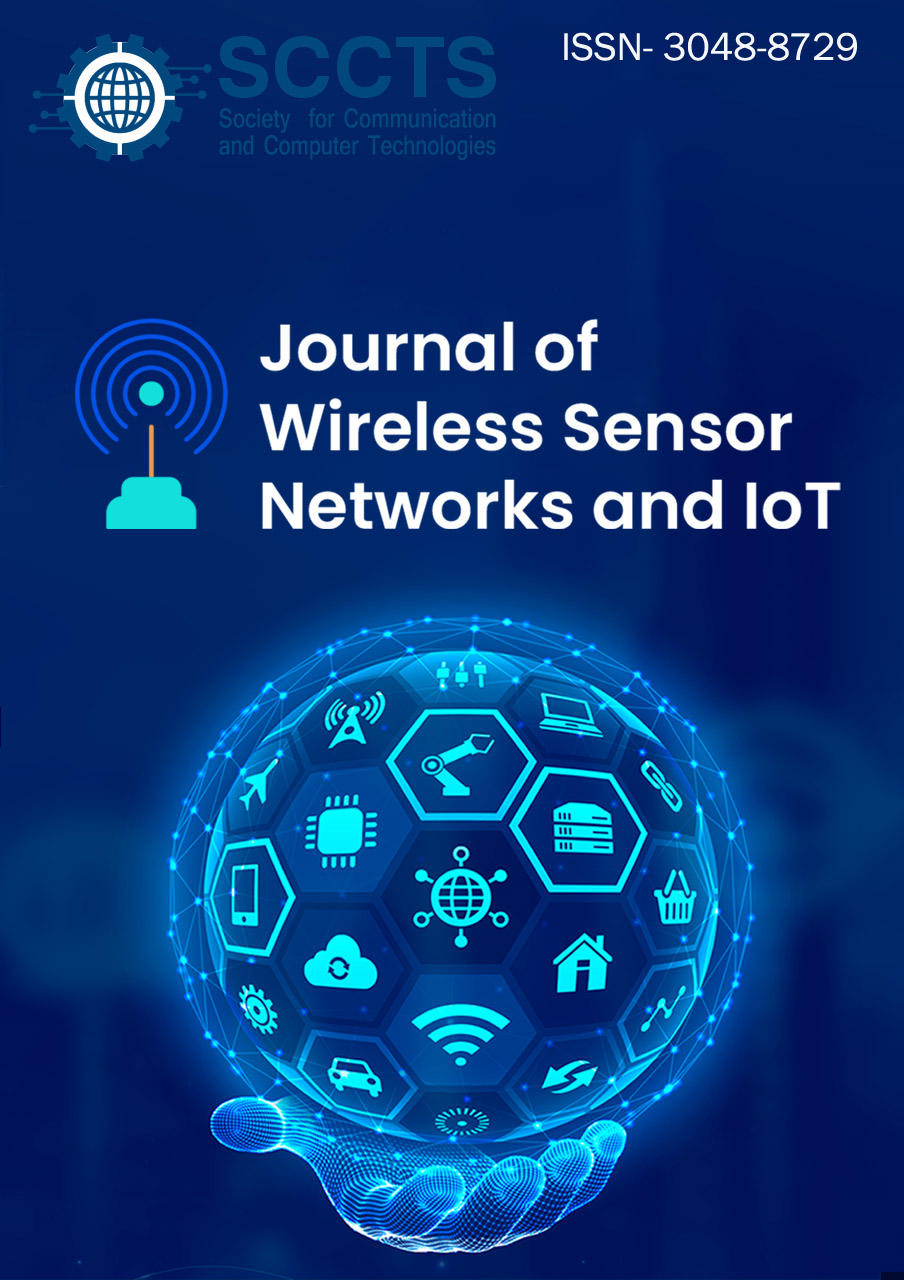Smart City Waste Management Using Sensor-Driven IoT Architecture and Predictive Analytics
DOI:
https://doi.org/10.31838/WSNIOT/03.01.07Keywords:
Smart City, Waste Management, IoT, Predictive Analytics, Sensor Networks, LSTM, LPWAN, Route OptimizationAbstract
The problem of efficient and sustainable waste management has been one of the urgent issues when considering the sensibly increasing populations of cities and the current appearance of smart city programs. Conventional systems of municipal waste collection have been rather inefficient due to fixed-route timetabled flow, resources waste, and the failure to respond to overflowing bins in time which poses a problem to public health and environment. This paper presents a novel, detailed sensor-based architecture of the Internet of Things (IoT) with predictive analytics on the management of solid waste, on the one hand, in order to overcome these difficulties. The regime includes a series of smart bins with ultrasonic sensors recording current fill-level and gas sensors to detect dangerous emission. Powered with energy-saving microcontrollers and data delivery over Low Power Wide Area Networks (LPWAN) like LoRa and Nb-IoT these sensor nodes can be relied upon to deliver data effectively whilst maintaining minimum power levels. The obtained information is sent to an edge-cloud system that can handle the ingestion and processing of data on a scalable basis. Filtering and detection of anomalies done in real-time is done at the edge layer to provide data quality and send alerts. In the cloud layer, high-order machine learning algorithms such as Long Short-Term Memory (LSTM) networks and gradient boosting algorithms are used in predicting growth trends of waste materials over time following past trends and environmental factors. This is based on the predictions and bins are prioritized in a dynamic way and optimized collection routes are created using path planning algorithms that minimize usage of fuel, and operational cost. A mock urban implementation of the system that was implemented in three months indicated that the proposed system could save 37 percent fuel use, increase the efficiency of waste pick-up operations by 45 percent, and greatly reduce instances of missed pick ups. Such a combination of predictive intelligence and energy-efficient communication makes the system highly applicable even on smart cities. This study demonstrates how the perceptions of IoT sensing and machine learning could transform the waste management system in cities and shift towards data-driven and sustainable services in cities.






